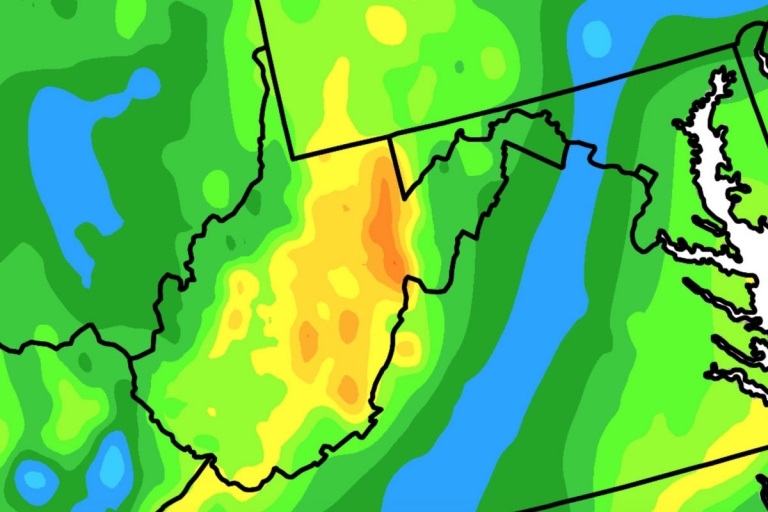
West Virginia University researchers will drill three miles into the ground near Morgantown to test the potential of geothermal energy in the region this fall.
They may help reduce the university's carbon footprint and decrease its energy costs, according to Nagasree Garapati, visiting assistant professor of chemical and biomedical engineering.
Garapati and her research team have been awarded $7.25 million from the U.S. Department of Energy to explore whether such a scenario is feasible at a site near Morgantown, West Virginia.
Geothermal energy is heat energy from the earth -- resources are reservoirs below the Earth’s surface.
According to the U.S. Department of Energy, mile-or-more-deep wells can be drilled into underground reservoirs to generate steam and hot water that can be utilized for a variety of applications, including electricity generation, direct use, and heating and cooling.
What makes this particular project unique is that most geothermal reservoirs are located in the western part of the country, Garapati said, due to hotter subsurface conditions, evidenced by springs and geysers.
But in 2016, an analysis identified north-central West Virginia as a possible location for potential deep direct use of geothermal energy. Geothermal heat maps also show higher subsurface temperatures throughout the area.
“One goal is to see if we can produce enough heat from the subsurface to provide a geothermal solution to help meet WVU’s energy needs,” Garapati said.
But Garapati and Sam Taylor, assistant director of strategic partnerships and technology at the WVU Energy Institute, believe that the project could have implications bigger than the campus.
“This could be a resource for West Virginia at large, depending on what we find down there,” Taylor said.
“For industries wanting to do low-carbon manufacturing, they could take a new look at West Virginia. The process heat resources are here and not available in many East Coast states. We’re trying to build a bigger program than just benefiting the campus.”
Research to be performed will include drilling and sampling of an exploratory well to a depth of 15,000 feet, evaluation of a potential geothermal energy supply and storage reservoirs, and an assessment of campus building energy loads and building equipment that would utilize the geothermal resource.
Drilling at the site outside of Morgantown will begin this fall and is a 45-day process. The entire project is slated to last four years for data analysis and evaluation.
Taylor noted Boise, Idaho, as a prime example of successful geothermal utilization after speaking with its city manager. Boise has a geothermal system that heats its downtown area, he said.
“We hope to replicate some of these results on campus and in other public works within West Virginia and Appalachia,” said Jay Hewitt, of Hewitt Energy Strategies, the sub-awardee and industry partner on the project.
“During this project we will be advancing technologies in the drilling and geothermal realms.”
The Department of Energy states that geothermal energy is renewable and plants can produce electricity consistently, regardless of weather conditions. It also uses less land compared to coal, wind, and solar energies.
Researchers said the project could advance the efforts of WVU to achieve a reliable and clean energy source for their central heating and cooling loop system. Beyond that, it will provide data on geothermal heat as a clean energy source for West Virginia and Mid-Appalachia states, they said.
Also involved in the project are members of the WVU Department of Geology and Geography, Statler College of Engineering and Mineral Resources, Facilities Management, and the Energy Institute. Collaborators, in addition to Hewitt Energy Strategies, include the West Virginia Geological & Economic Survey, National Energy Technology Laboratory, and J&L Energy.




























